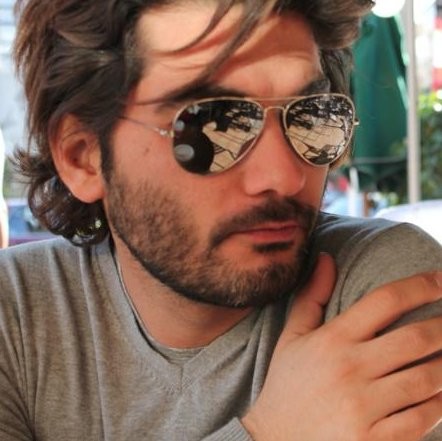Lebanese designer represents Moroccan culture and feminine beauty at Maroc Fashion Week.
Maroc Fashion Week ran from March 8 to 11 in the city of Marrakech. The purpose of the event was to represent the Moroccan caftan and to further celebrate International Women’s Day.
Morocco World News spoke with Lebanese fashion consultant and designer Bernard Jabbour about his newly presented collection, Poisonous Beauty.
The esteemed designer has 28 years of experience in the fashion industry, some of Jabbour’s extensive experience includes his work as a consultant for Lebanese fashion designer Elie Saab and Project Runway Middle East. The designer is mostly known for his work at his Lebanon-based fashion studio, in which he specializes in haute couture – high-end, custom, and handmade fashion – including evening and wedding gowns.
Jabbour has visited Morocco twice before, but the most recent visit marks more of an official trip at one of the “biggest events,” hosted at what the designer described as a “beautiful country.” Poisonous Beauty is also the first-ever collection that he has debuted at Maroc Fashion Week.
“They say I’m classic yet with a twist. I try every time to put something new in my designs, but you can always see the touch of Bernard Jabbour. My DNA is always present in my designs,” Jabbour explained.
Enticing and dangerous inspiration
His primary inspiration for all of his collections is the presence of the woman; each collection simply approaches the woman figure a little differently to create a unique design for every season. Poisonous Beauty is one of his more ambitious and “tricky” projects.
The thought process behind the idea relays his thinking that women are a “beautiful poison that … we want to have … Her soul, her look and everything is poisoning us, but we also ask for it.” The designer sees a woman’s figure and aura as something both enticing and dangerous, a familiarity that when studied and analyzed through an artistic lens, appears unique and foreign.
Furthermore, Jabbour explains that he has experimented with “unconventional material” for this very collection as well, with new volumes and calmer color palettes.
Jabbour’s most prized dress in the Poisonous Beauty collection is one that is inspired by Moroccan architecture. It was never intended to be a part of this collection, but Jabbour says that “because I’m here in Morocco Fashion Week, I said no. I have to do one dress dedicated to Morocco.”
In regards to Maroc Fashion Week, Jabbour applauds the beauty and representation of the caftan: “I have … few Moroccan designer friends … [but] I like how they make the caftan. The handwork they put in the caftan, it’s like really magic.”
The designer felt amazed by the multiculturalism that he and other designers were exposed to at Maroc Fashion Week. Jabbour mentioned that the event unites people from across the globe he said, including countries such as “Kazakhstan, Italy, Lebanon, and Palestine.”
Jabbour is one of many international designers who helped in paying tribute to women’s presence and cultural recognition in the ever-developing world of the international fashion industry.
source/content: moroccoworldnews.com (headline edited)
___________

____________
LEBANON